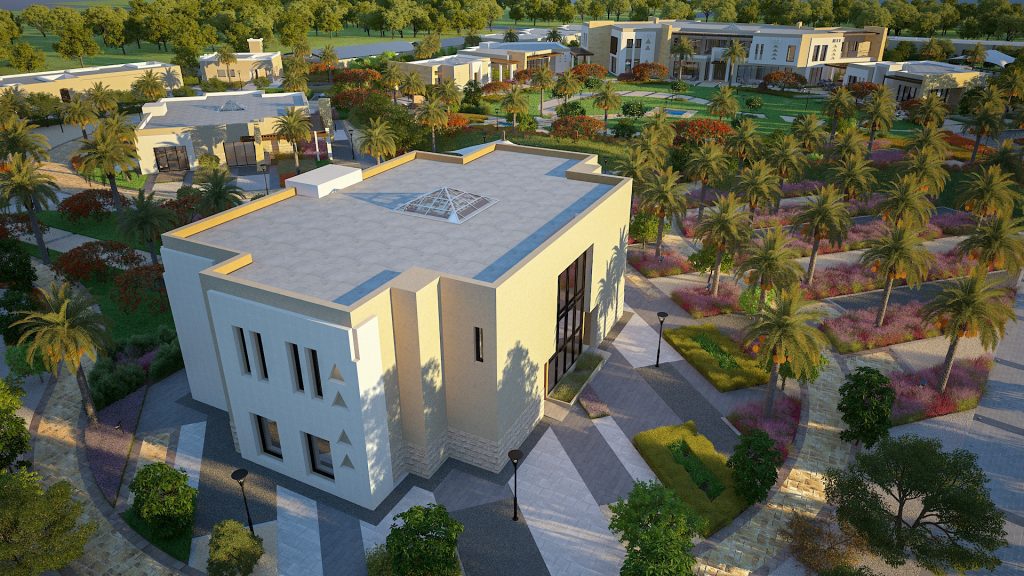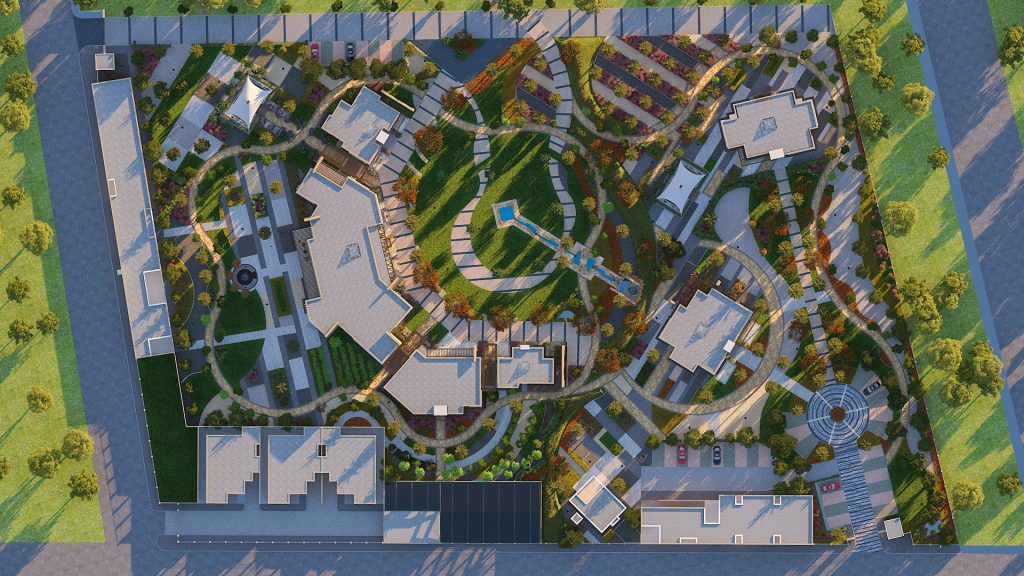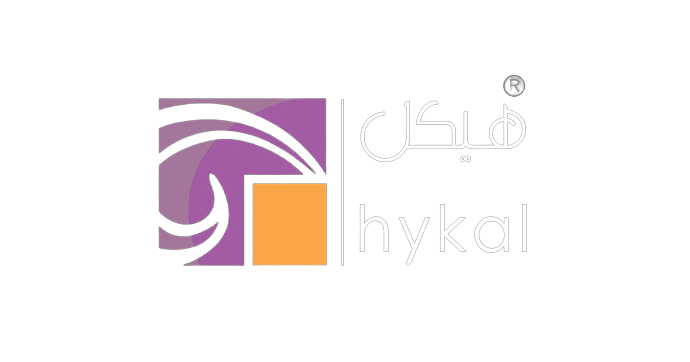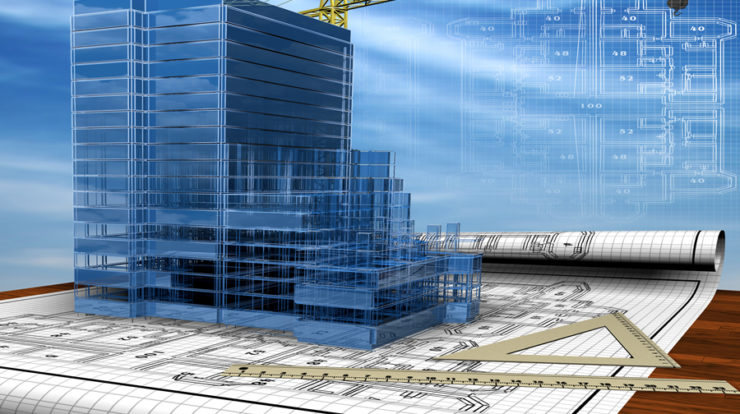The Future of Urban Planning in Saudi Arabia
The Future of Urban Planning in Saudi Arabia
Architecture design plays a crucial role in urban planning, as it involves the creation of the physical structures that make up a city. As such, architecture design needs to be carefully considered when planning for liveable and sustainable cities. In recent years, architecture firms and architecture consultancy services have played a key role in the development of innovative urban planning concepts, such as mixed-use development and transit-oriented design
Mixed-use development is an urban planning concept that involves designing neighbourhoods that integrate a mix of land uses within a single area. The aim of mixed-use development is to create a more walkable and transit-friendly neighbourhood that promotes social interaction and community building. Architecture firms and architecture consultancy services play an important role in the design of mixed-use developments, as they need to consider the different functions of the various buildings within the development, and how they can be integrated in a way that maximizes the benefits for both individuals and the wider community.
In Saudi Arabia, there has been a growing interest in mixed-use development in recent years, and architecture firms and architecture consultancy services have been at the forefront of this trend. One example of this is the King Abdullah Economic City (KAEC), which is being developed as a mixed-use development in the north of the country. Architecture firms and architecture consultancy services have played a key role in the design of KAEC, working to create a sustainable and liveable city that promotes economic growth and social interaction. The city will be divided into multiple districts, each with its own unique character and function, such as a residential district, a commercial district, and an industrial district.
Transit-oriented design is another urban planning concept that has gained popularity in recent years, particularly in cities that are looking to reduce their reliance on cars. Transit-oriented design involves designing neighbourhoods around public transit stations, with the aim of encouraging people to use public transport rather than cars. Architecture firms and architecture consultancy services are instrumental in the design of transit-oriented developments, as they need to consider the different functions of the various buildings within the development, and how they can be integrated in a way that promotes sustainable transportation.
Transit-oriented design has many benefits, both for individuals and the wider community. From an individual perspective, transit-oriented developments offer a more convenient and sustainable way of living, as people can easily access public transport services to reach their destinations. This, in turn, promotes physical activity and reduces air pollution, which is beneficial for public health. From a community perspective, transit-oriented developments promote economic growth by creating more job opportunities and by attracting investment in the local area. Additionally, transit-oriented developments help to create a sense of community and social interaction, as people are more likely to interact with each other when they use public transport.


As Saudi Arabia continues to experience rapid urbanization, the demand for liveable and sustainable cities will only increase. It is clear that architecture firms and architecture consultancy services such as HYKAL will play a crucial role in meeting this demand, through the development of innovative urban planning concepts such as mixed-use development and transit-oriented design. The popularity of these concepts is likely to increase in the future, as they offer a way to create cities that are both sustainable and economically viable.
One reason why these concepts are likely to become more popular in the future is the increasing focus on sustainable development in Saudi Arabia. The country has set ambitious goals for reducing its carbon emissions, and this has led to a growing interest in sustainable urban planning. Mixed-use development and transit-oriented design are both sustainable urban planning concepts that promote energy efficiency, reduce carbon emissions, and promote sustainable transportation. As such, they are likely to become increasingly popular as Saudi Arabia works towards its sustainability goals.
Another reason why mixed-use development and transit-oriented design are likely to become more popular in the future is the changing demographics of Saudi Arabia. The country has a large youth population, and this demographic group is increasingly demanding urban environments that offer a high quality of life. Mixed-use development and transit-oriented design are both urban planning concepts that promote social interaction, community building, and a high quality of life. As such, they are likely to become increasingly popular among young people in Saudi Arabia.
Architecture design plays a crucial role in the future of urban planning in Saudi Arabia. Architecture firms and architecture consultancy services are instrumental in the development of innovative urban planning concepts such as mixed-use development and transit-oriented design. These concepts have many benefits for both individuals and the wider community, and can help to create more liveable and sustainable cities. With the growing interest in these concepts in Saudi Arabia, it is clear that architecture firms and architecture consultancy services will continue to play a significant in the landscape of Saudi Arabia.
In conclusion, the future of urban planning in Saudi Arabia is likely to be shaped by innovative concepts such as mixed-use development and transit-oriented design. Architecture firms and architecture consultancy services will play a crucial role in developing these concepts, and ensuring that they are integrated in a way that maximizes the benefits for both individuals and the wider community. With the increasing focus on sustainable development and the changing demographics of Saudi Arabia, it is clear that these concepts will become increasingly popular in the years to come. By embracing these concepts, Saudi Arabia can create cities that are both liveable and sustainable, and that offer a high quality of life for all residents.



